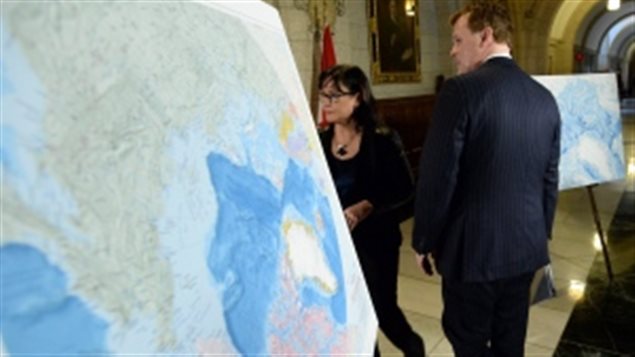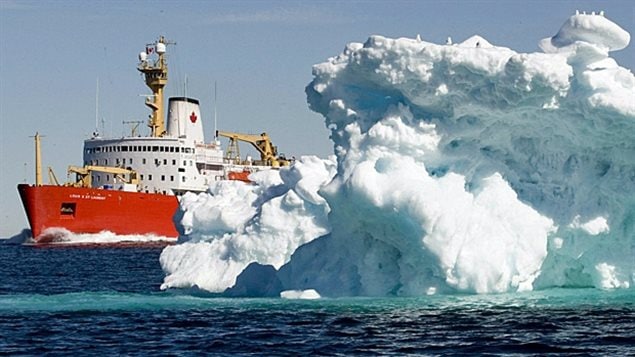Arctic ice is retreating year after year which will eventually make the region much more accessible to development. Arctic nations have been racing to map the Arctic seabed with a view to extending their claims to territory, specifically the seabed and the potential minerals and oil that may lie beneath.

The claims to seabed have just heated up with an announcement this week by Denmark to claim the North Pole.
This puts it in conflict with Canada and Russia which have expressed potential claim to that polar area. The other polar nations, Norway and the US (via Alaska) have no claim to the Pole.
Denmark says that Greenland (which it controls) is connected to the seabed at the North Pole by a stretch of the earth’s crust called the Lomonosov Ridge.
Martin Lidegaard is the Danish Foreign Minister. He said he would be delivering Denmark’s claim to the UN on Monday.

A Danish senior geophysicist Christian Marcussen, said they will claim the right to exploit an area of 895,000 square kilometers along the ridge.
Lidegaard says he now hopes the other nations, will “stick to the rules of the game” and allow the UN to make a final decision based on submitted scientific evidence.
Under international law, nations currently have a 200 nautical mile (370km) economic exclusion zone from their coasts.
Under the UN convention on the Law of the Sea, nations can make an extended claim based on the extent of their continental shelf. Arctic nations have been mapping the sea bed in the past few years in order to gather evidence of an extended continental shelf to submit to the UN.
Canada submitted initial documentation and a claim to the Pole in 2013.







For reasons beyond our control, and for an undetermined period of time, our comment section is now closed. However, our social networks remain open to your contributions.